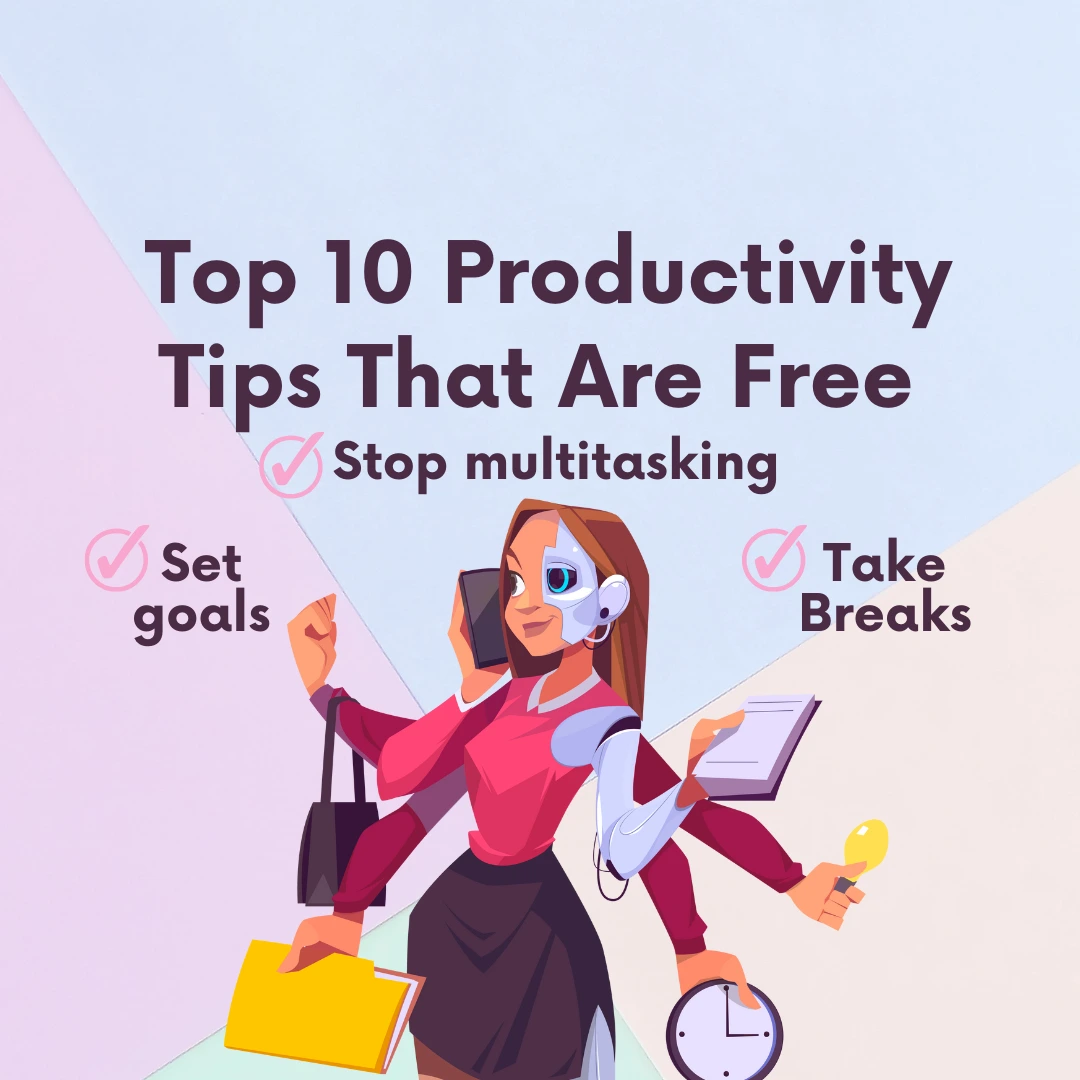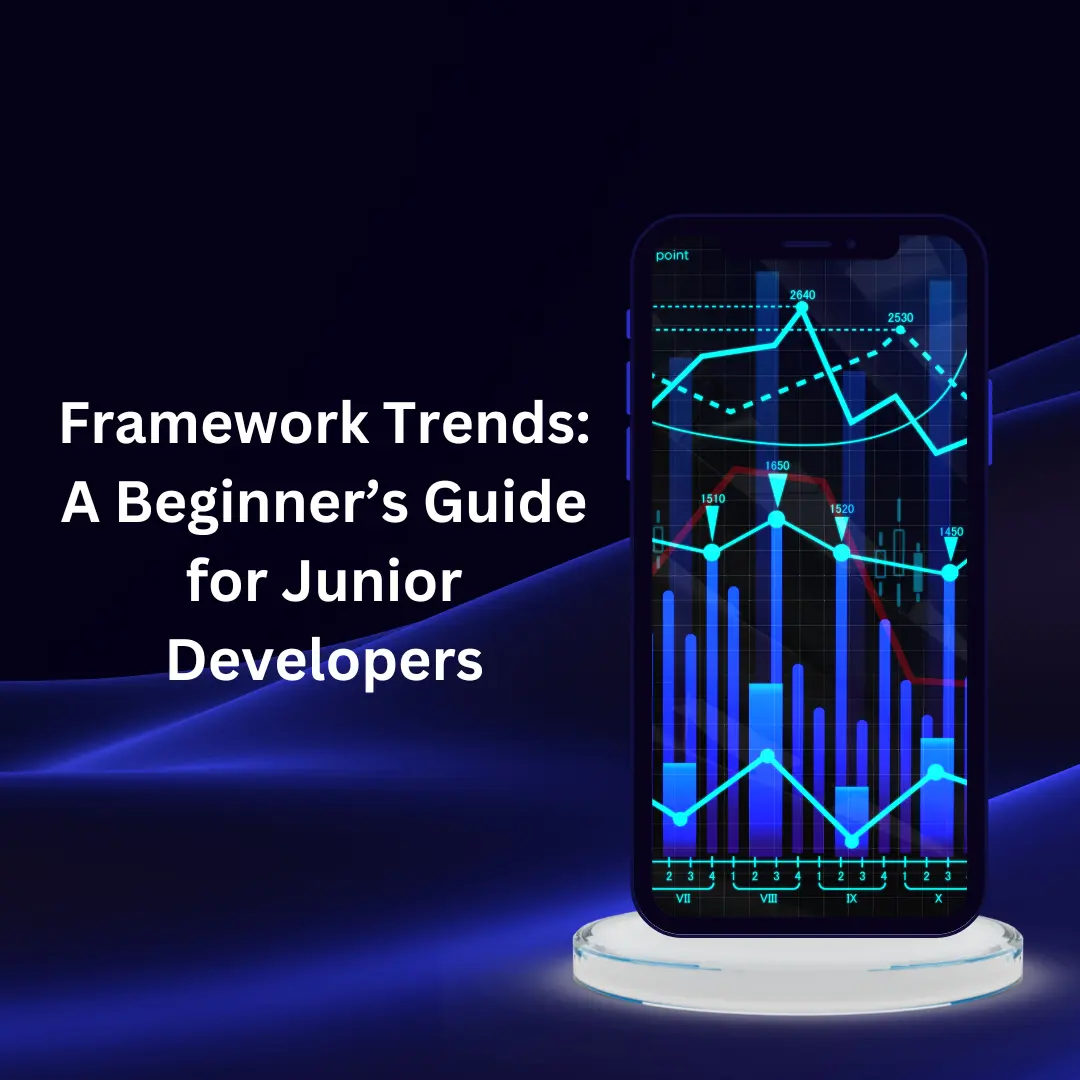Introduction
Boosting productivity doesn’t have to cost money. Whether you’re a student facing exams or a professional trying to manage deadlines, free methods and tools can make a big difference. These top 10 productivity tips that are free will help you focus better, stay organized, and manage your time without spending a dime.
This guide covers why productivity matters, the best free tools and strategies, and practical advice you can apply immediately to see results.

Why It Matters
Productivity is more than just checking tasks off a list. It’s about doing the right things at the right time. Students often struggle with balancing assignments, part-time jobs, and social life. Professionals juggle meetings, projects, and emails. Without simple systems, it’s easy to feel overwhelmed.
The American Psychological Association reports that 60% of adults feel stressed by daily responsibilities (source). Many of these stressors can be reduced with better organization and planning—things that don’t require expensive apps or courses.
Sample case:
Ali, a young professional, found himself checking emails constantly and missing project deadlines. By batching emails twice a day and using Google Calendar to block focus hours, he reduced distractions and met deadlines consistently—all without spending money.

Top 10 Productivity Tips That Are Free
Here are ten practical methods and tools that cost nothing but can transform your day:
1. Use the Pomodoro Technique
Work for 25 minutes, then rest for 5 minutes.
- Pros: Improves focus, prevents fatigue.
- Cons: Can feel rigid during deep work.
- Best for: Students studying large volumes of material.
2. Prioritize with the Eisenhower Matrix
Sort tasks into urgent vs. important.
- Pros: Clears mental clutter.
- Cons: Requires discipline to update daily.
- Best for: Professionals overwhelmed by multiple tasks.
3. Google Calendar Time Blocking
Block specific hours for studying, meetings, or deep work.
- Pros: Simple, free, and effective.
- Cons: Needs self-discipline to follow.
- Best for: People struggling with scattered schedules.
4. Daily Top 3 Priorities List
Choose three tasks that matter most each day.
- Pros: Prevents overloading.
- Cons: Hard for those who want to do everything.
- Best for: Anyone prone to overcommitting.
5. Free Note-Taking Apps (Notion, OneNote)
Organize tasks, notes, and deadlines in one place.
- Pros: Flexible, works across devices.
- Cons: Can take time to set up.
- Best for: Students managing classes or professionals with multiple projects.
6. Batch Similar Tasks
Group tasks like emails, phone calls, or errands.
- Pros: Saves time, reduces mental switching.
- Cons: Not always possible in reactive jobs.
- Best for: Office workers and students handling repetitive tasks.
7. Take Breaks Away from Screens
Short walks or stretching resets focus.
- Pros: Boosts energy and creativity.
- Cons: Easy to skip during busy times.
- Best for: Anyone feeling drained by long study/work sessions.
8. Use Focus Mode or Do Not Disturb
Silence notifications during deep work.
- Pros: Eliminates distractions.
- Cons: May miss urgent messages.
- Best for: Professionals working on reports, students preparing for exams.
9. Declutter Your Workspace
A clean desk helps focus on the task at hand.
- Pros: Reduces mental stress.
- Cons: Requires regular effort.
- Best for: Anyone distracted by clutter.
10. Review Your Day in 5 Minutes
Reflect on what worked, what didn’t, and adjust for tomorrow.
- Pros: Builds self-awareness, improves planning.
- Cons: Easy to neglect if tired.
- Best for: Both students and professionals aiming for consistent improvement.

How to Choose the Best Option
Not all tips will suit everyone. Here’s a simple decision guide:
- Identify your main struggle. Is it procrastination, disorganization, or distractions?
- Pick one matching tip. For focus issues, try Pomodoro. For organization, use Google Calendar.
- Start small. Apply one free tip for a week.
- Measure the impact. Did it save time? Reduce stress?
- Add more gradually. Stack two or three tips over time, not all at once.
Tips & Best Practices
Here are extra productivity tips to make free methods work better:
Do’s and Don’ts
Do:
- Set boundaries with social media.
- Plan your day before it begins.
- Use free digital tools to track progress.
- Rest to avoid burnout.
Don’t:
- Multitask on complex tasks.
- Overload to-do lists with 20+ items.
- Skip breaks thinking it saves time.
Mini Examples
- A student can set Focus Mode on their phone during a study block.
- A professional can use a sticky note with their top 3 tasks on their desk.

Conclusion
You don’t need expensive apps or courses to be productive.
Key takeaways:
- Free tools like Google Calendar, Pomodoro apps, and note-taking apps can transform your day.
- Productivity improves when you focus on habits, not just tools.
- Start small, track progress, and adjust until you find what works best.
Next step: Pick one of these free tips today, try it for a week, and notice how much smoother your work or study becomes.
FAQ
What are the best free productivity tips for students?
Students should try the Pomodoro technique, daily top 3 priorities, and free apps like Notion to organize study schedules.
Can productivity tips improve exam results?
Yes. Free strategies like time blocking, active recall, and regular breaks improve learning and reduce exam stress.
What are simple free productivity tips for professionals?
Professionals benefit from batching tasks, silencing notifications, and prioritizing with the Eisenhower Matrix.
Are productivity tips effective without paid tools?
Absolutely. Most productivity tips rely on habits, planning, and free tools, not expensive software.
Do free productivity tips reduce stress?
Yes. By organizing tasks and focusing on priorities, free productivity tips cut overwhelm and free up mental space.
Read More

Software Testing: A Beginner’s Guide for Developers
Introduction Software testing is the process of checking if your code works as expected before releasing it to users. For…

Nano Banana: Gemini 2.5 Flash Image for Business Owners
Introduction If you’ve been following AI news, you may have heard the term nano banana. It’s not a fruit—it’s shorthand…

Work From Home Tips: A Practical Guide for Professionals
Introduction Working remotely sounds simple—just open your laptop and start. But in practice, it can be challenging. Distractions, lack of…

Top 10 Productivity Tips That Are Free for Students and Professionals
Introduction Boosting productivity doesn’t have to cost money. Whether you’re a student facing exams or a professional trying to manage…

How to Speak English Easily Step by Step
Introduction Learning English is easier when you follow a structured path. Many learners ask how to speak English easily step…

Framework Trends: A Beginner’s Guide for Junior Developers
Introduction Framework trends are shaping how websites, apps, and digital tools are built. If you’re a junior developer, staying on…
